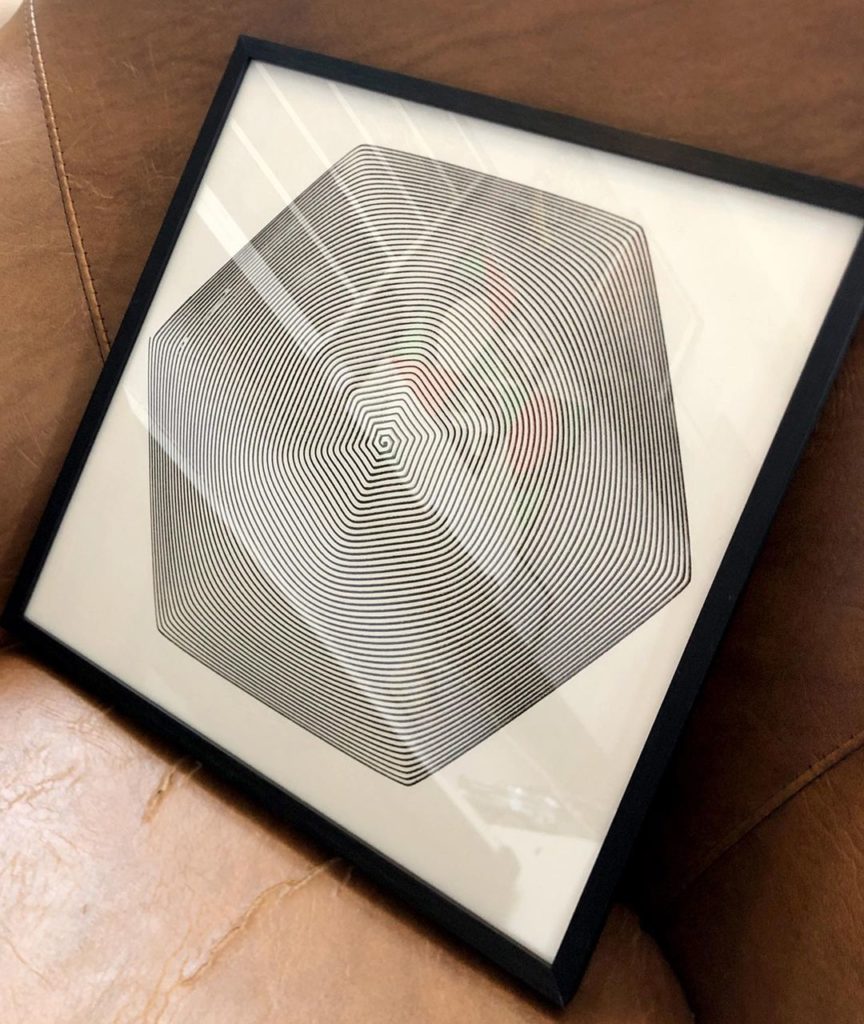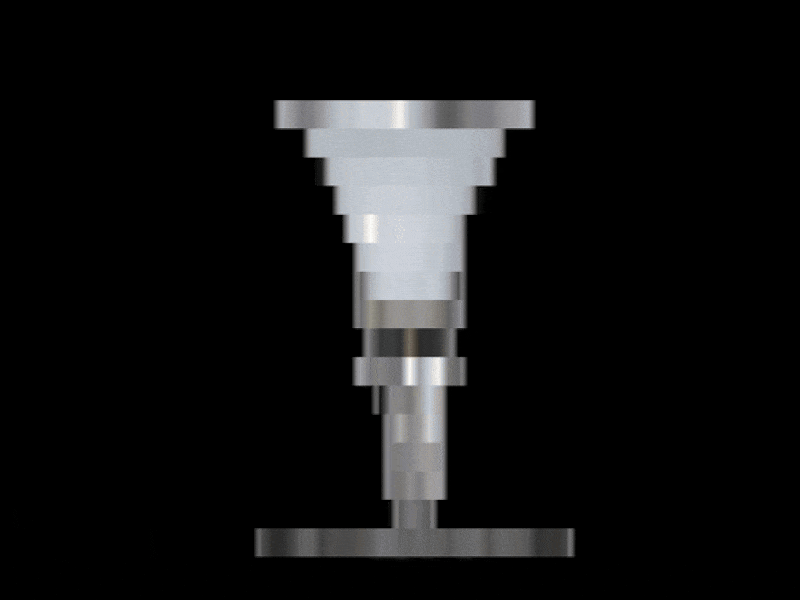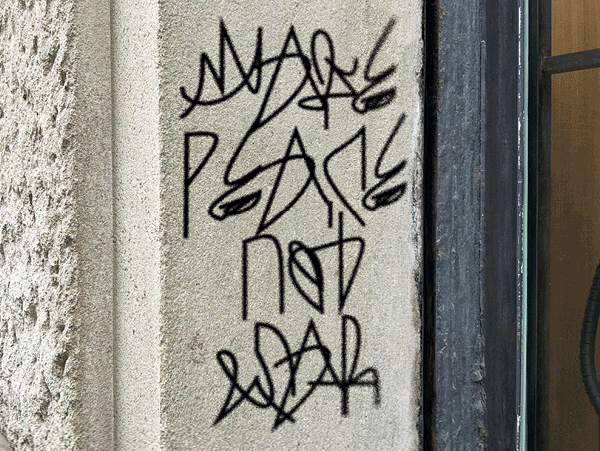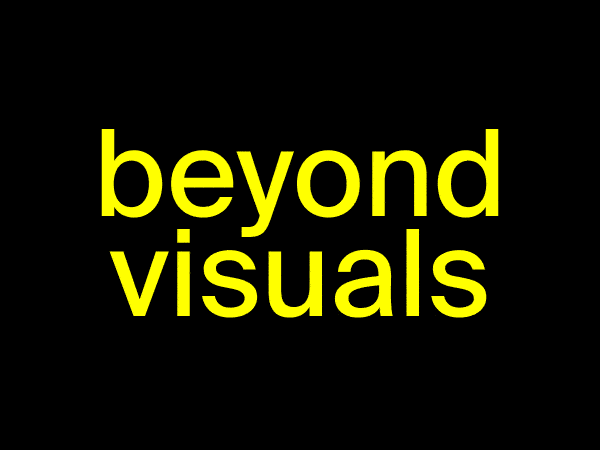A conversation with Sander Sturing

What are the use cases for creative coding in the development of visual identities? How does the workflow look like? Sander Sturing has been working as a creative technologist at Studio Dumbar (part of Dept) in Rotterdam for years. In this short interview he gives an insight into his way of working.
Hello Sander, thank you for giving me the opportunity to ask you a few questions. You work as a creative coder at Studio Dumbar in Rotterdam. Your projects have won many big awards and I’m a huge fan of your work. What role does creative coding play in the studio’s workflow?
How do you approach starting a new project?
It depends a bit. We start sketching with multiple people on the concept phase of an identity project. For some clients you already know up front something like coding could be a good fit, so I will be planned in to sketch on concepts as well.
Most of the time though, a visual and/or motion designer comes to me with an idea they have, and we work on that together. I’ll create a tool and give it to them as quickly as I can for them to mess around with. There is always room to manipulate the outcome of the code as much as possible by changing settings, manual input etc. This is how the designers will come to new ideas or run into limitations that will serve as the basis for the next iteration of the tool. We do this as many times as possible until we run out of time 😉


What kind of role do Processing or p5.js play in your toolbox?
Huge. I learned how to code in Processing and it has been my go-to tool to write code since. Still most of the things I do, are made or started in Processing. I use other technologies when I have to — for example Drawbot [Python] when working with variable fonts — but Processing is the safest choice for me since I know it so well. Processing is good at both quick doing quick sketches — hence the projects itself in Processing are called sketches — but also has the power to handle bigger projects as well. Especially the ease of working with different types of input, and the way we can quickly export to vector and animation sequences are invaluable to us.
This does not mean that Processing should be the default tool to do all work in. This year I have a list of new software and technology I intend to learn, to diversify my knowledge a bit. Mostly looking forward to TouchDesigner, coding in Blender (Python), Cavalry and Three.js!
How do you estimate the value of creative coding in the design scene?
It’s growing. At Studio Dumbar we already use coding as a tool on a regular basis for our projects. We’re even getting asked for coding-specific project at this point, which is kind of interesting for a motion and visual identity studio.
Just as working with motion- and 3D-software as a visual designer was a lot more rare a couple of years ago — we now see that most new designers or interns that join the studio have at least some experience with this — coding will meet the same fate. Especially when looking at how common coding classes and workshops are for design students nowadays. Plus there are a lot of tools that bridge the gap between design and code (like TouchDesigner or Cavalry) which take a more generative approach to design. Coding it much easier to integrate into a design process nowadays.

What qualities are important to work as a creative coder in a professional environment?
Talk about your code — and its possibilities — in an understandable way. You should be able to work with a lot of different people with different levels of knowledge of coding. Being able to communicate (both ways) is key. I really believe collaboration with designers is where the magic is at for creative coders.
Anything else you would like to say?
Thanks Tim, for everything you do, in setting up this community. I’m really excited for the future of coding and design and you’re playing an important role in it!
Sander Sturing at the Processing Community Day 2021
In August 2021, Sander was a guest at my Processing Community Day alongside Casey Reas, Vera van de Seyp, Patrik Hübner and Dr. Martin Lorenz. Here is the recording of his presentation, in which he also gives deep insights into Studio Dumbar’s work…
Follow Sander
Related
 A conversation with Talia Cotton
A conversation with Talia Cotton
During OFFF Festival here in Barcelona, many interesting people come around! This interview with Talia Cotton came about almost by […]
 Lena Weber about her collaboration with A. G. Cook
Lena Weber about her collaboration with A. G. Cook
Lena: This 10-minute visualiser for A. G. Cooks album teaser featuring my python archive generator, is one of my favourite […]
 A conversation with Anna Shams Ili
A conversation with Anna Shams Ili
Hi Anna! It was super nice to meet you at the PCD CPH, I really liked your talk in which […]
 A conversation with Lisa Apers
A conversation with Lisa Apers
Hi Lisa, it was amazing to meet you at Processing Community Day in Copenhagen! For those who don’t know you: […]
 Computer Cursive by Tay Papon Punyahotra
Computer Cursive by Tay Papon Punyahotra
One of the first exercises I assign to my students in my seminars is called “Random Compositions”. Basically, it’s quite […]
 What Creative Coding can teach you beyond crafting visuals
What Creative Coding can teach you beyond crafting visuals
Learning to code has had a bad reputation for ages. Many people have the impression that it’s all about acquiring […]
 A conversation with Tomáš Kostrzeva
A conversation with Tomáš Kostrzeva
Hi Tomáš, thanks for answering a few of my questions! Let’s start with the basics. Who are you, and what […]
 How I built myself a Digital Garden
How I built myself a Digital Garden
It was a red hot day in July 2023 when I met Alex Muñoz for breakfast in the morning at […]
